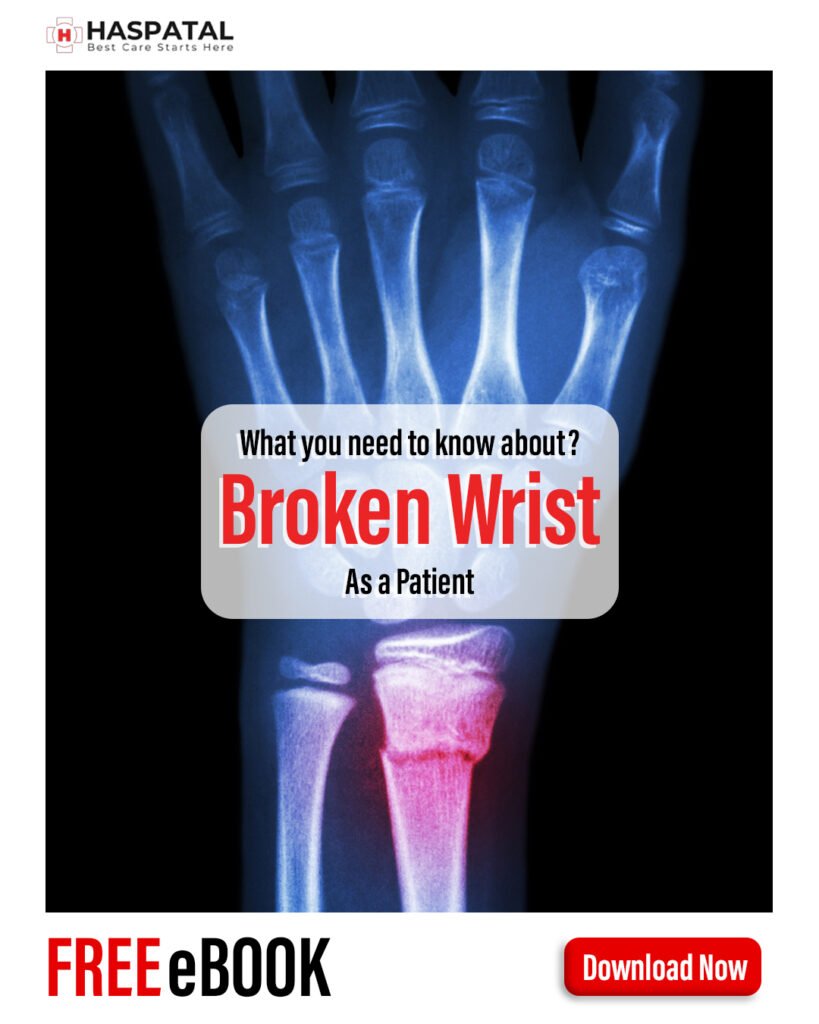How broken wrist can affect your body?
Broken Wrist
A wrist fracture is a break or crack in one or more of the wrist bones. The most common of these injuries occurs to the wrist when people catch themselves during a fall and try to land violently on their outstretched hand.
If you play sports like roller skating or snowboarding, or if your bones are thin and fragile (osteoporosis), you may be at higher risk of a broken wrist.
Symptoms
Symptoms of a broken wrist include:
- Pain, especially when bending the wrist
- Kindness
- swelling
- rotten
- Wrist deformation. Sometimes referred to as the “dinner fork variety,” it looks bent or bent.
Treatment
If the broken ends are not aligned properly, there may be gaps between the bone fragments or the pieces may overlap. The doctor must operate the part to return it to its original position. This is a process called reduction. Local or general anesthesia may be required before this procedure, depending on the amount of pain and swelling.
Regardless of the treatment, it’s important to move your fingers regularly while the fracture heals to prevent them from hardening. Ask your doctor about the best way to move them. If you smoke, quit smoking. Smoking can slow or prevent bone healing.
Immobilization
Limiting the movement of broken wrist bones is essential for proper healing. You may need a sprint or cast to do this. It is recommended to keep your hands above the heart as much as possible to reduce swelling and pain.
Medication
To relieve pain, your doctor may recommend over-the-counter pain relievers. If the pain is severe, you may need opioid medications such as codeine.
NSAIDs can relieve pain, but they can also inhibit bone healing, especially if used for a long time. Talk to your doctor if you can take it to relieve pain.
If you have an open fracture and there is a wound or break in the skin near the wound, antibiotics may be given to prevent infections that can reach the bone.
Therapy
After removing the cast or splint, rehabilitation exercises or physiotherapy may be required to reduce stiffness and restore wrist motion. Rehabilitation can help, but it can take months or longer to fully recover.
If you’ve broken your wrist, you most likely have a distal radius fracture. The wrist is made up of eight small bones and a fracture can happen in any of them. But the radius — the larger of the two bones in your forearm — is most commonly affected when you fall during contact sports, biking, skiing, or inline skating. Read more about it on mdorthospecialists.com
Download Haspatal online consultation app and get the best treatment online via video consultation with online doctors and get other services too.

